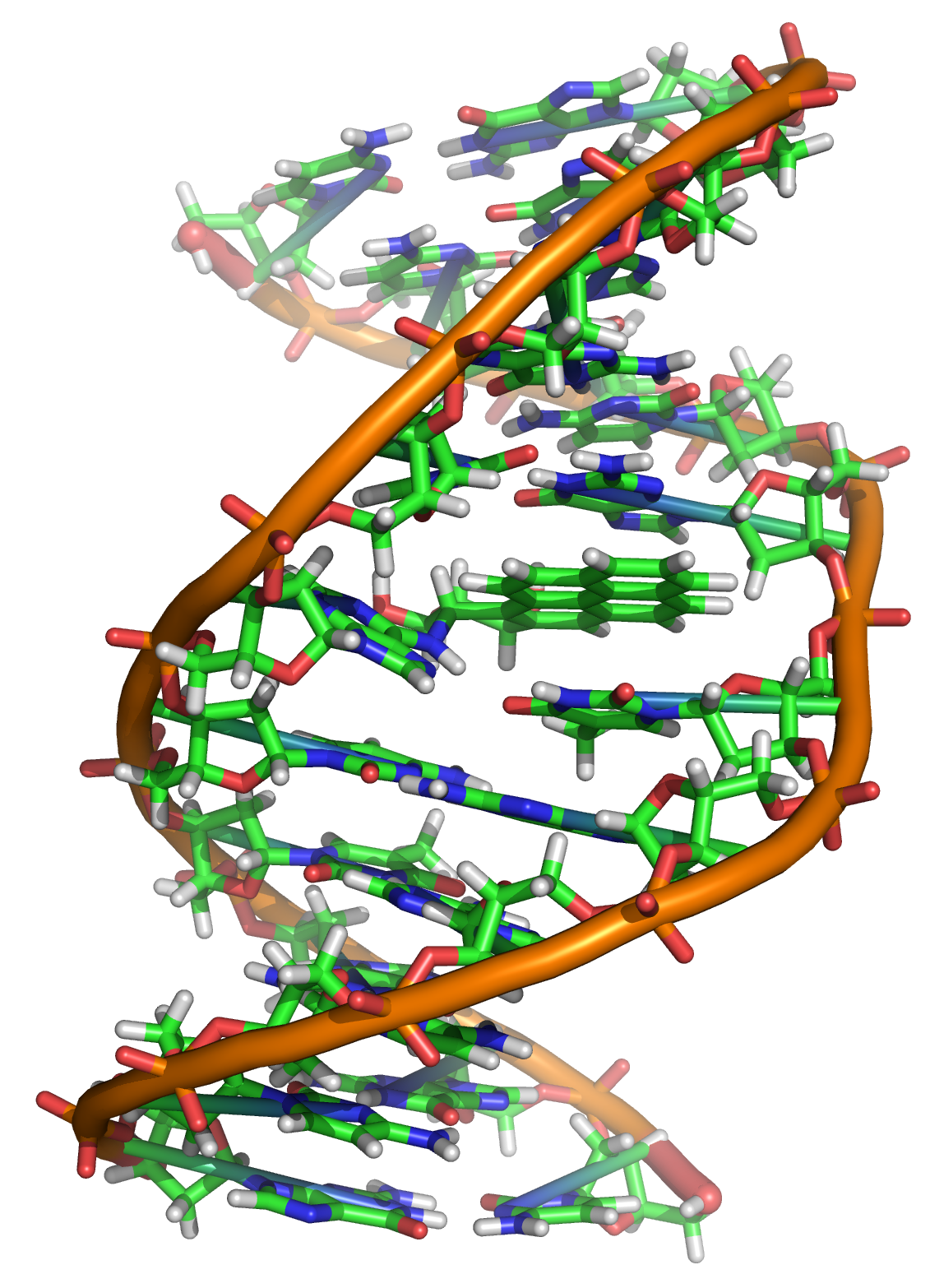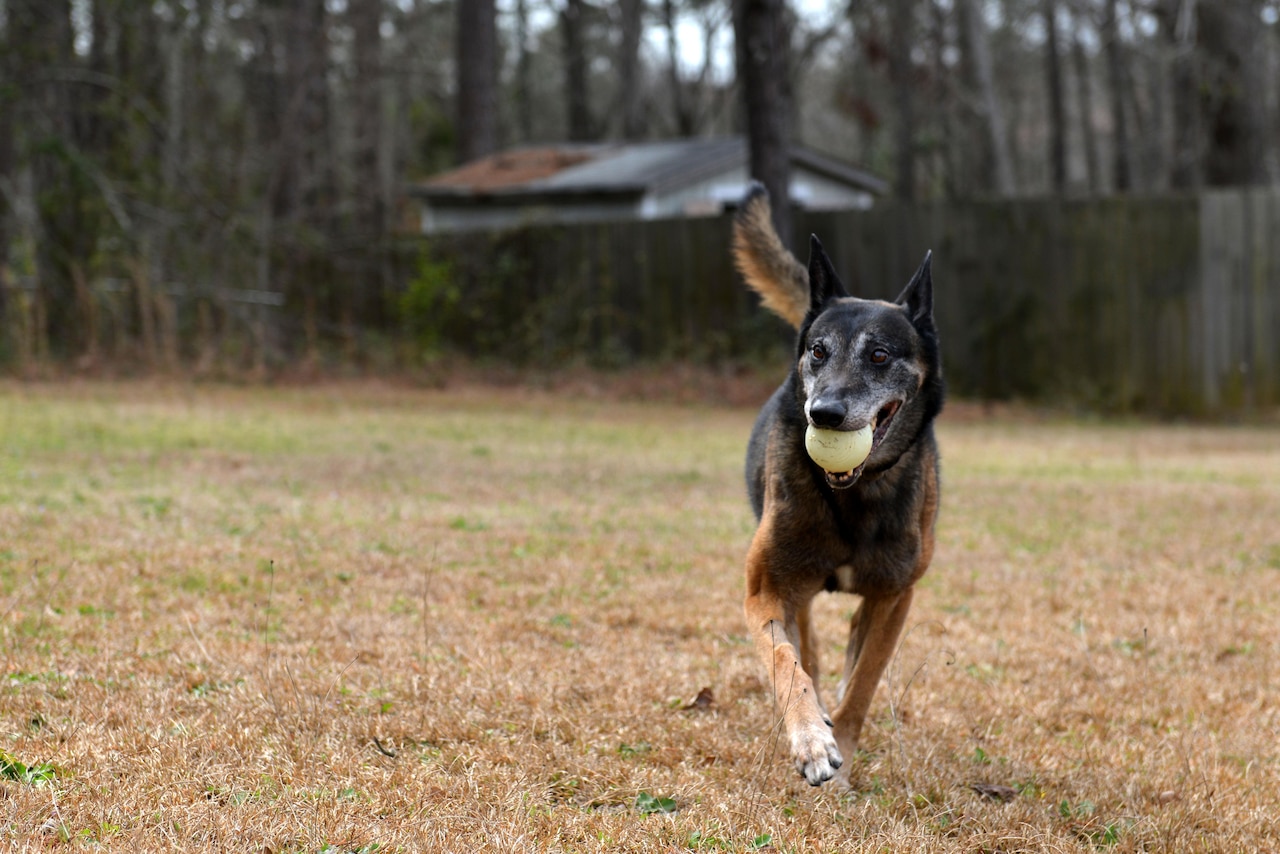STEM
Biological Evolution
Edward Hessler
There is a standard formula for converting a pooch's age to a human's age. Say your dog is X years old. You multiply that age, X by 7. However there is a new and better way to calculate dog years to human years, one that has some science behind it.
According to an article in Science by Virginia Morell, " The work is based on a relatively new concept in aging research: that chemical modifications to a person’s DNA (known as DNA methylation due to disease, poor lifestyle, etc.) over a lifetime create what is known as an epigenetic clock. (material added)
"Other species also undergo DNA methylation as they age. ... To find out how those clocks differ from the human version, geneticist Trey Ideker of the University of California, San Diego, and colleagues started with dogs. Even though man’s best friends diverged from humans early in mammalian evolution, they’re a good group for comparison because they live in the same environments and many receive similar healthcare and hospital treatments.
"They scanned DNA methylation patterns in the genomes of 104 dogs, ranging from 4 weeks to 16 years of age. Their analysis revealed that dogs (at least Labrador retrievers) and humans do have similar age-related methylation of certain genomic regions with high mutation rates; those similarities were most apparent when the scientists looked at young dogs and young humans or old dogs and old humans. Most importantly, they found that certain groups of genes involved in development are similarly methylated during aging in both species. That suggests at least some aspects of aging are a continuation of development rather than a distinct process."
Morell includes the new calculator in her essay (It uses natural logarithms--ln and it may have been a while since you did, certainly since I did. The Internet can do this calculation--number to ln--if you ask).


Matt Kaeberlein, a biogerantolgist, at the University of Washington, noted that the research is "a beautiful demonstration of the conserved features of the epigenetic age clocks shared by dogs." I like the way this idea of conserved features is put in Herron and Freeman--Evolutionary Analysis, 5th edition, 2014: "the trait and its molecular machinery are broadly similar among organisms that are distantly related, we can infer that they wee likely present in their common ancestor."
The Kaeberlein lab has a Dog Aging Project (scroll down to read about it and also find a link. The link is included in Morell's essay. It is open to all breeds.) The lab is interested in differences in life span, why some dogs develop diseases earlier/later and others live disease-free lives.
The Kaeberlein lab has a Dog Aging Project (scroll down to read about it and also find a link. The link is included in Morell's essay. It is open to all breeds.) The lab is interested in differences in life span, why some dogs develop diseases earlier/later and others live disease-free lives.
Using the new calculator, Morell found that their Scotch Collie, "Buckaroo," is considerably younger than previously thought, some 25 years, "a spry 73 at that."

 CGEE Student Voice
CGEE Student Voice
No comments:
Post a Comment